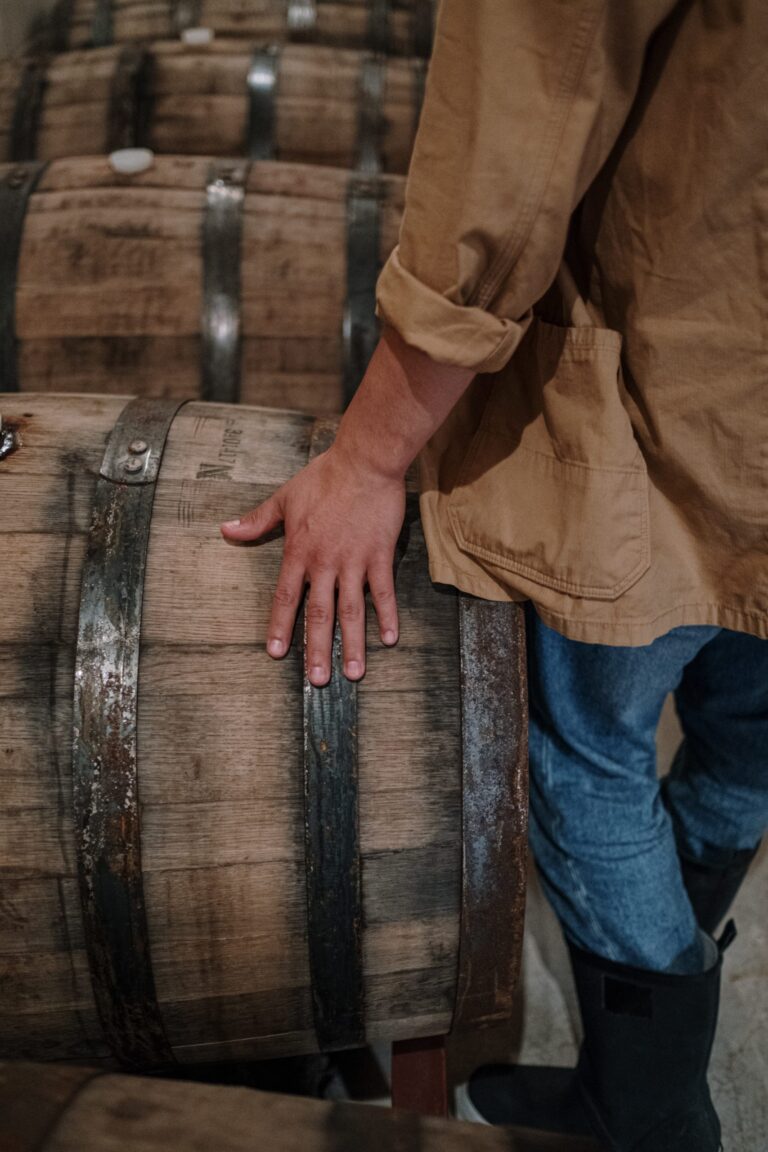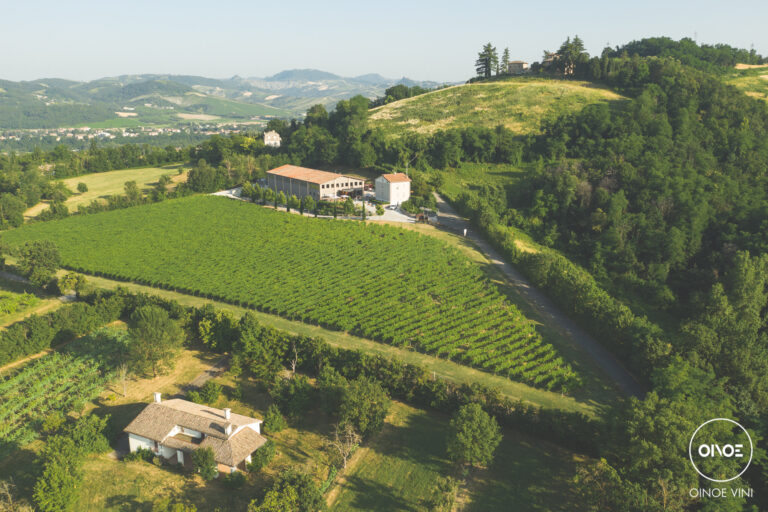IP Cellars at the Slow Food Fair: the revenge of artisanal and local products
The Slow Food concept is based on three fundamental pillars: “food must be good for taste, clean for health and fair for the planet and for the people who produce it”.
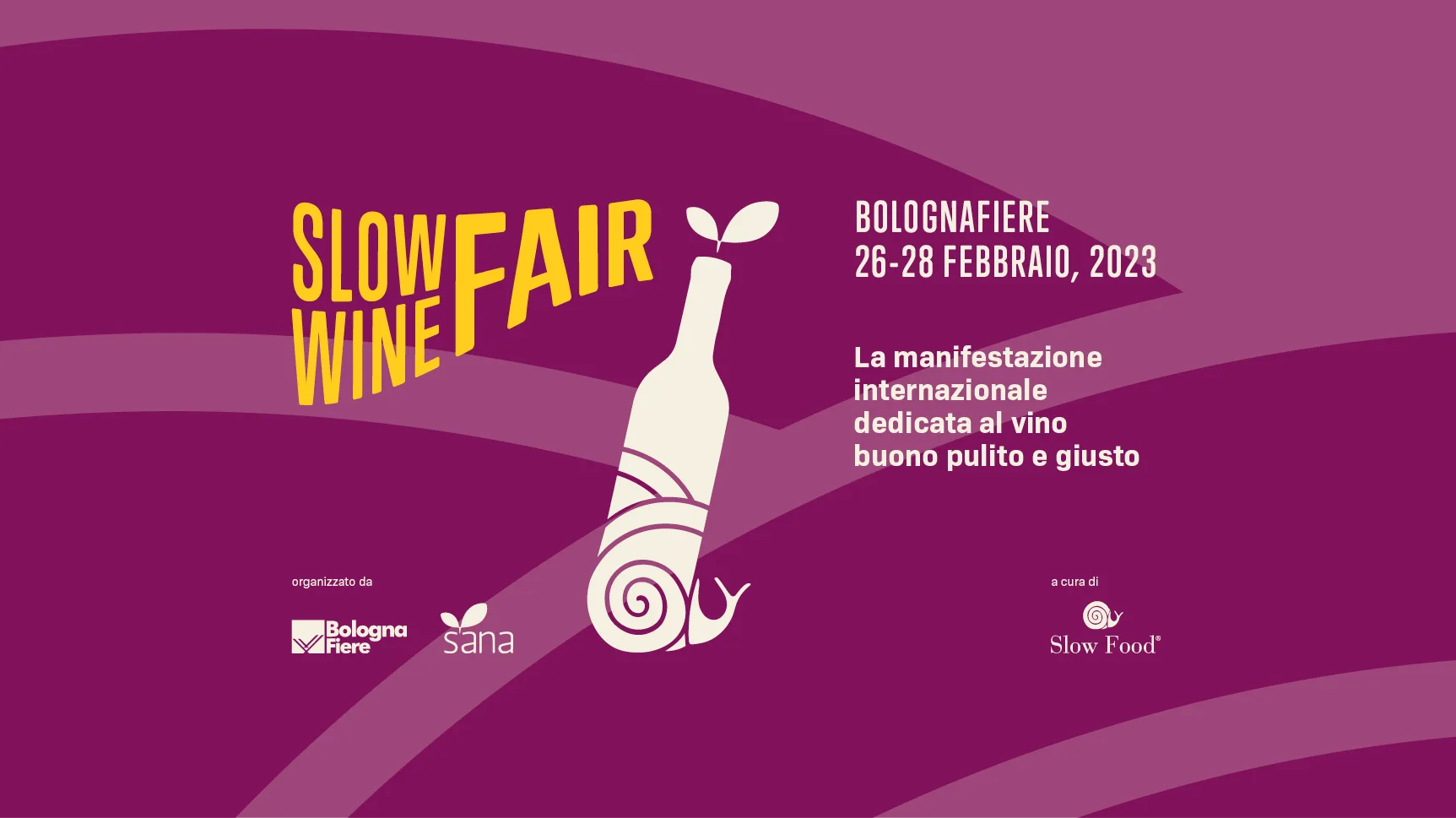
Historical
Che cos’è lo Slow Food
Slow Food is a global non-profit movement committed to promoting healthy, sustainable and fair-trade nutrition. The Slow Food concept is based on three fundamental pillars: “food must taste good, be clean for health and be fair for the planet and for the people who produce it”.
This also means that food must be produced without the use of chemicals that are harmful to the environment and human health, and must be accessible to all.
The so-called slow snail or snail movement, understood as the pleasure of slow enjoyment, was born in Italy in the 1980s, from the idea of Carlo Petrini and a group of friends dedicated to the pleasure of gourmet food, as a response to the invasion of fast food culture and the growing globalization and standardization of food production, with the aim of preserving the biodiversity of typical products, their quality and supporting the local communities that produce them.
Today, the movement is present in over 160 countries around the world, capable of influencing the agri-food sector. The idea of mobilizing to safeguard food biodiversity took shape in 1996.
The Ark of Taste, one of the first tools and which has become an important archive, is a global catalog, still active, which highlights and collects information on thousands of traditional food products in danger of extinction.
The organization is also committed to training and education on the values of sustainability and food quality, through courses, workshops and cooking schools, also managing to contribute to the birth of the first University of Gastronomic Sciences in Pollenzio in Piedmont, a unique example in the world of a university dedicated to food.
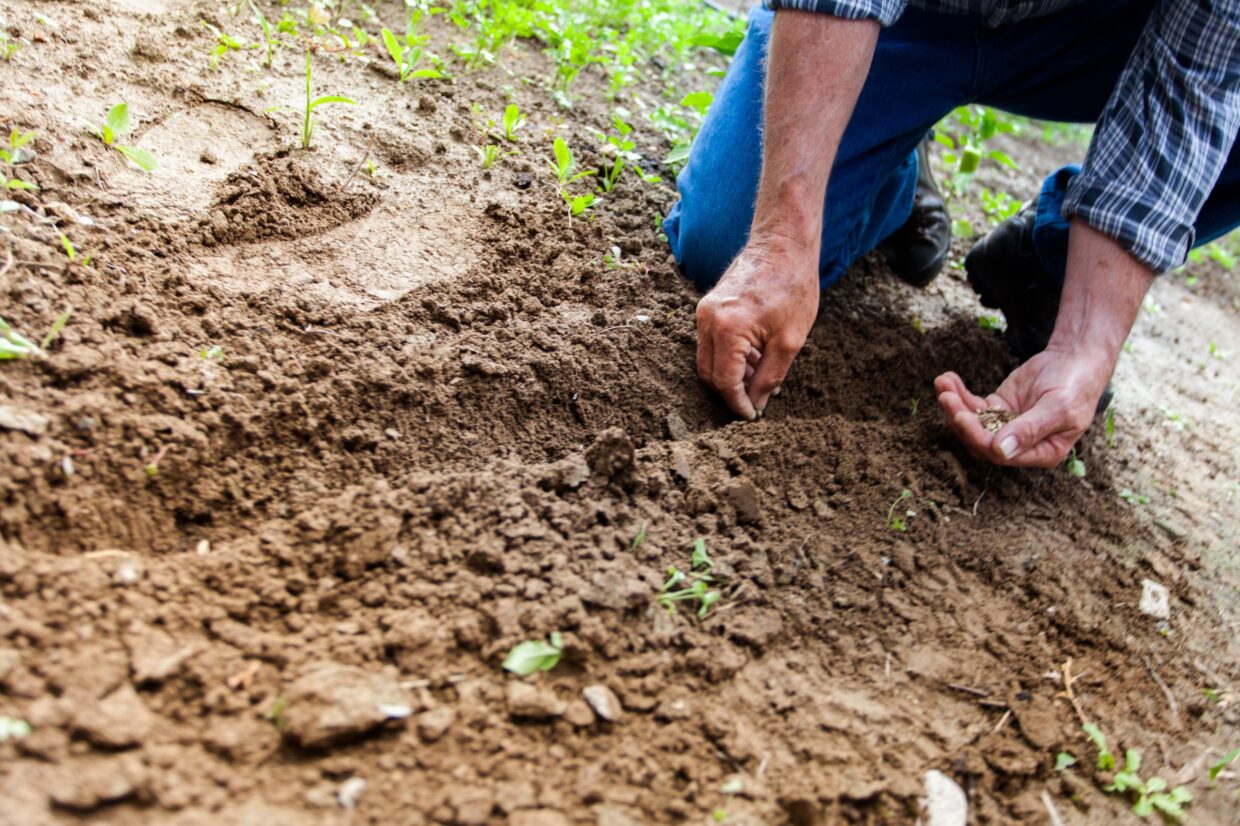
What does Slow Food propose?
Slow Food proposes a line that follows the principles of good food, fresh, seasonal, tasty and clean, produced without polluting, transported for short distances, fair, respectful of the work of those who produce it but also healthy, nutritious and with raw materials that are little treated.
This allows consumers to understand the importance of choosing food and to get to know local producers and their stories thanks to the active involvement of many farmers, producers and restaurateurs who have adhered to the philosophy of healthy and sustainable eating.
The result is a rebirth of local producers with the consequent rediscovery of Italian gastronomic culture and an ever-increasing attention towards the typical products to be safeguarded for which a promotion effort had been started to keep them alive.
There are many “delicacies to save” and they range from the purple asparagus of Albenga to the buckwheat of Valtellina, from the Piedmontese cow breed to the Paduan hen or the black pig of Nebrodi in Sicily.
From Puzzone di Moena in Trentino to the Asiago stravecchio from the Altopiano dei Sette Comuni near Vicenza, to the pecorino from Maremma or Caciocavallo Podolico from Basilicata; from the real San Marzano tomato with its very thin skin from Campania to the Buttiglieddru tomato from Licata in Sicily.
From the rose syrup from Genoa to the Moretta cherry from Vignola in Modena or the rare green pistachios from Bronte or the pink honey from the Sibillini Mountains.
For many, these products represented forgotten and perhaps regretted flavors.
In Italy, the movement is very active and organizes numerous events and initiatives to promote the values of healthy and sustainable nutrition. Among these, there is the Terra Madre event, which brings together producers from all over the world to discuss agriculture and nutrition, and the Slow Food Restaurant Guide, which highlights restaurants that follow the principles of the movement.
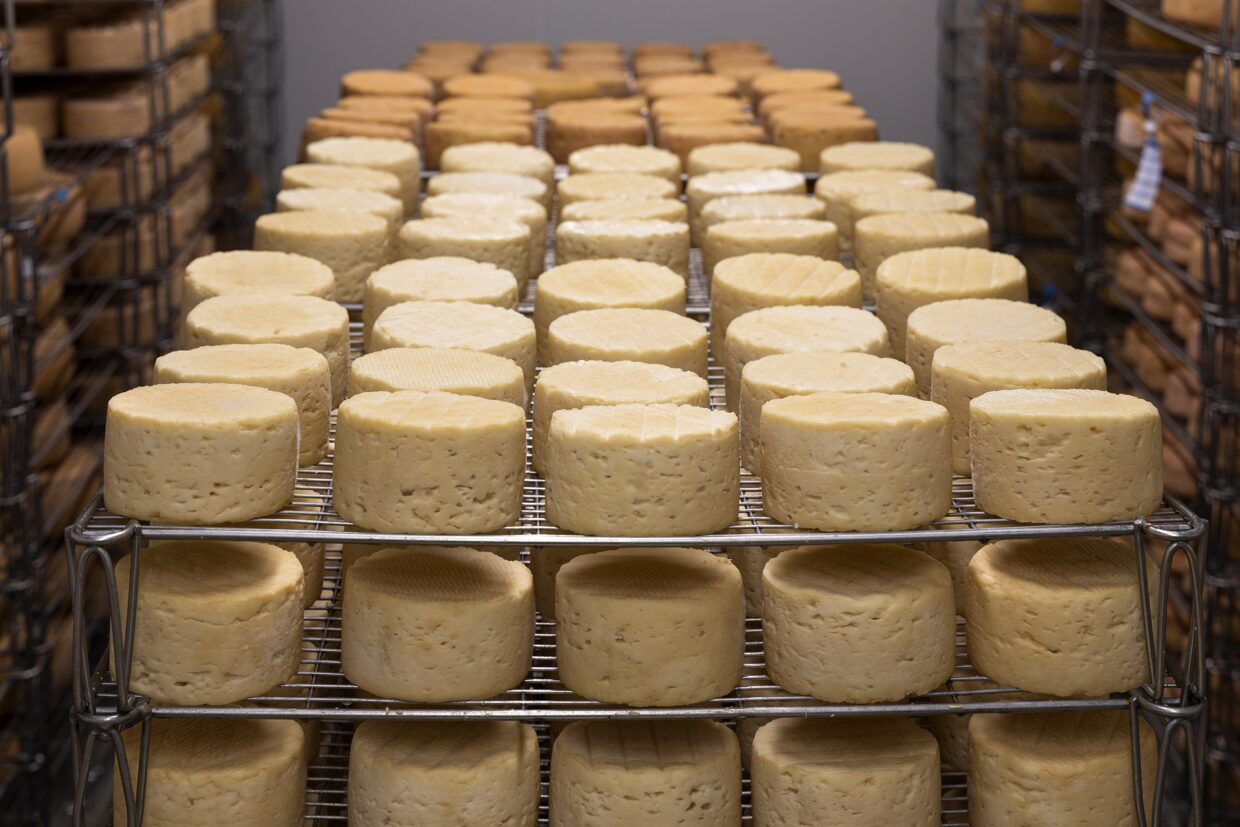
Slow Food and the pleasure of food
Enjoying food in a healthy way, learning about and rediscovering culinary traditions, having a balanced diet, carefully choosing quality ingredients, are all characteristics of the movement.
It is committed to supporting food sovereignty, defending biodiversity and traditional production practices, and to supporting small farmers, producers and food communities, custodians of the skills and knowledge essential for the future of humanity.
Furthermore, Slow Food Italy supports the production of typical local products through the creation of Slow Food Presidia, which are groups of producers who work together to safeguard and promote local products. These Presidia are very important for the protection of food biodiversity and for the preservation of Italian gastronomic traditions.
The Birth of Slow Wine
When the methanol scandal broke on March 17, 1986, it dealt a severe blow to the credibility of wine production in Italy and the importance of this event was clear from the start. To understand why so much attention was paid to wine production, we need to go back many years.
It all started in 1905 with a petition, which gathered thousands of signatures, with the slogan: “Long live natural wine! Down with poisoners!”. At the head of this movement was the winemaker Marcelin Albert.
It was thanks to the 1907 revolt that the appelation contrôlée system was born in France, which was later adopted throughout the world.
Slow Wine Fair
The Slow Wine Fair is the international event dedicated to good, clean and fair wine.
The research and constant attention to food is thus also transferred to wine.
Today, bottles of organic wine are highly sought after, as are natural, biodynamic, sulphite-free wines and wines with a process that abolishes chemicals both in the vineyard and in the cellar.
What consumers are wondering is: how can you understand if a wine is good?
In conclusion, through the rediscovery of local producers and the valorization of typical products, the movement has been committed for decades to spreading awareness of good food and good wine throughout the world. Suffice it to say that in 2022 it even landed in China.
We at IP strongly believe in this project and that is why you can find us at the Slow Food fair in Bologna.
Thanks to continuous research and innovation we have created our wine cellars. IP wine cellars are designed for optimal preservation of local products, from cured meats to cheeses, from wine to craft beer.
